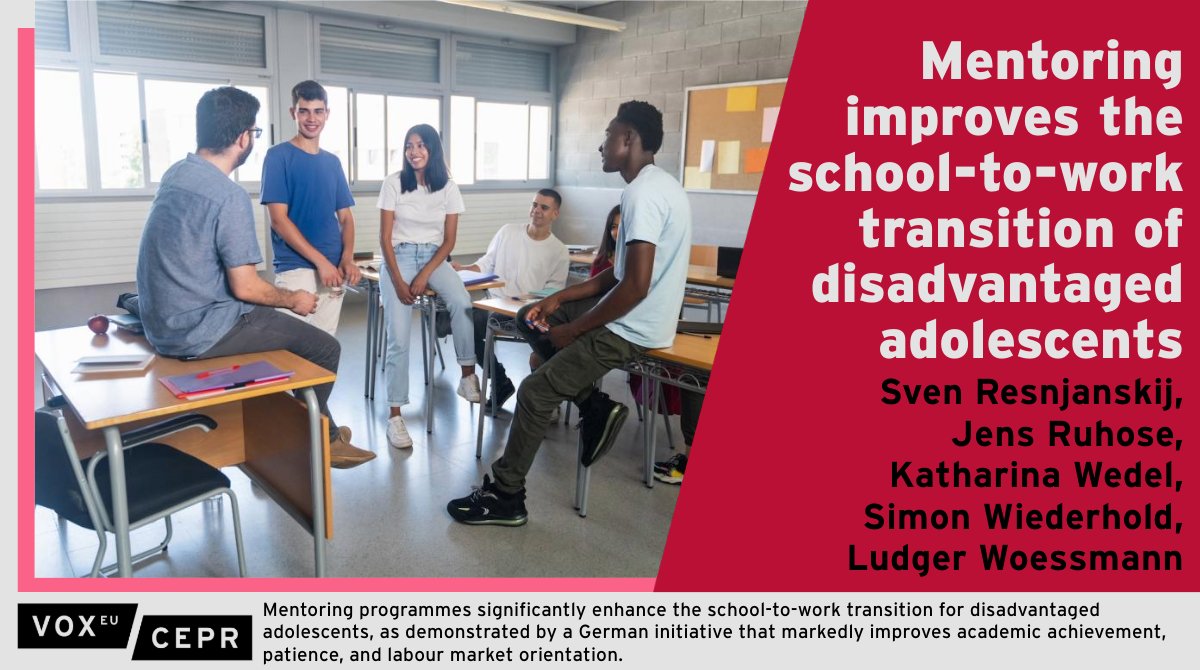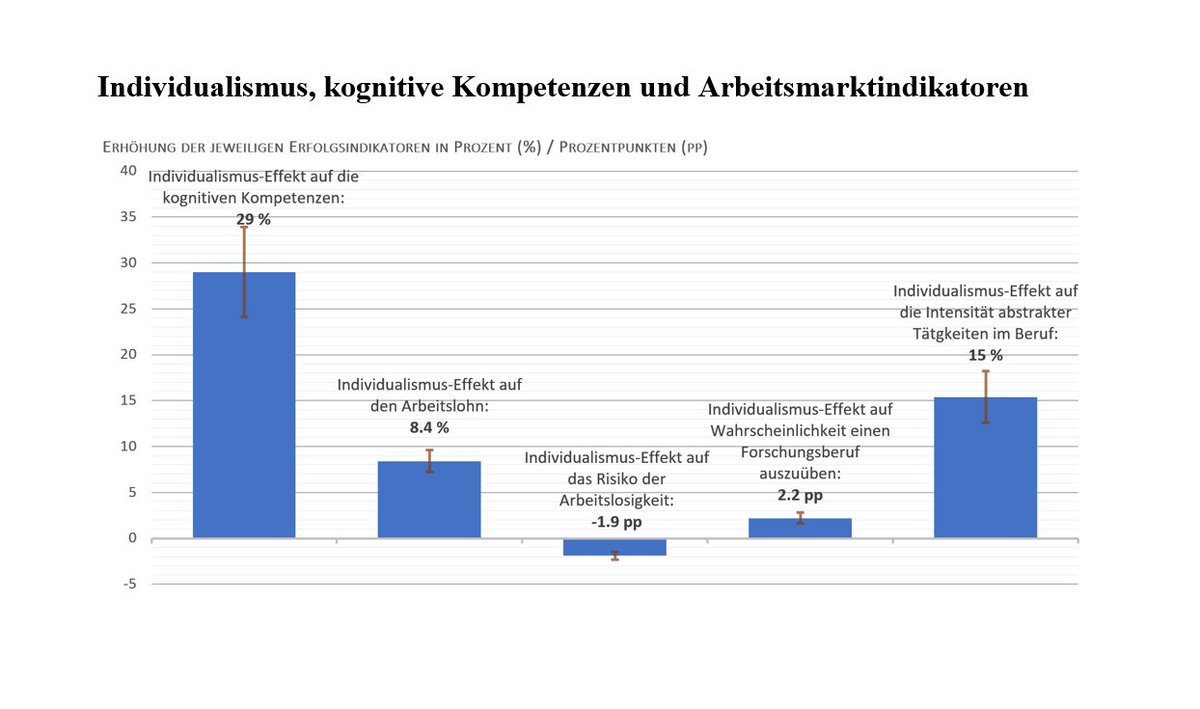
Sven Resnjanskij
@svenres
PostDoc, Research Network Affiliate at CESifo Munich
ID: 514246891
http://www.svenRes.com 04-03-2012 11:39:58
50 Tweet
109 Followers
177 Following


Jeffrey Wooldridge How could we know the correct transform in which parallel trends hold? I think PT is a *far* stronger assumption than most users recognize. This is relevant: jonathandroth.github.io/assets/files/2…

Arthur Lewbel It is a very strong assumption. And it's especially strong when the linear form is applied to, say, a binary response. So those who say "just use OLS" seem not to realize that a linear model can be very poor in these situations. So I want to try it a few different ways.

Really interesting DiD session at ASSA! I now realize I'm caught up through about June 2021. There wasn't time for me to make a point about a theme running throughout the session, and that is picking on so called two-way fixed effects. Bruno Ferman Clément de Chaisemartin Jonathan Roth

As another analogy, we now know from Tymon Słoczyński's nice REStat paper on regression adjustment that OLS of Y on 1, D, X can produce badly biased estimators of ATE and ATT. But full RA, Y on 1, D, X, D*(X - Xbar) can work very well (with overlap).




Jeffrey Wooldridge Arthur Lewbel Am I wrong, assuming that in the binary-response DiD case, it would be an option to still run a linear DiD spec., when it'S feasable to express all RHS variables in terms of binary variables as well? My intuition is, that (except SE) OLS would give similar estimates.

Sven Resnjanskij Arthur Lewbel Sven: I've been doing a lot of simulations in the binary case, in the context of my presentation here: stata.com/symposiums/eco… If the trend in the control state is not very strong, logit, probit, LPM give similar answers.

Sven Resnjanskij Arthur Lewbel But with moderate trends they can differ, with logit or probit being better across different DGPs. With strong trends (not violation of PT, BTW), the LPM can even give the wrong sigh. Logit, probit never do -- so far.


My 2009 paper with @MiriamBruhn1 showed advantages of matched paired randomization. In today's post, why I am now more cautious about using this approach and like matched quadruplets instead. Thanks to Clément de Chaisemartin & Yuehao Bai for discussion. blogs.worldbank.org/impactevaluati…


😎Thanks everyone for a terrific conference on school reforms.🎉This was truly outstanding!🥳 Josh Angrist Susanna Loeb edwin leuven Mari Rege Hessel Oosterbeek Dr. Peter Q. Blair Zachary Bleemer larissa_zierow Gabriella Conti Björn Öckert Erik Grönqvist mikko silliman @urs_schaede Matteo Sandi …
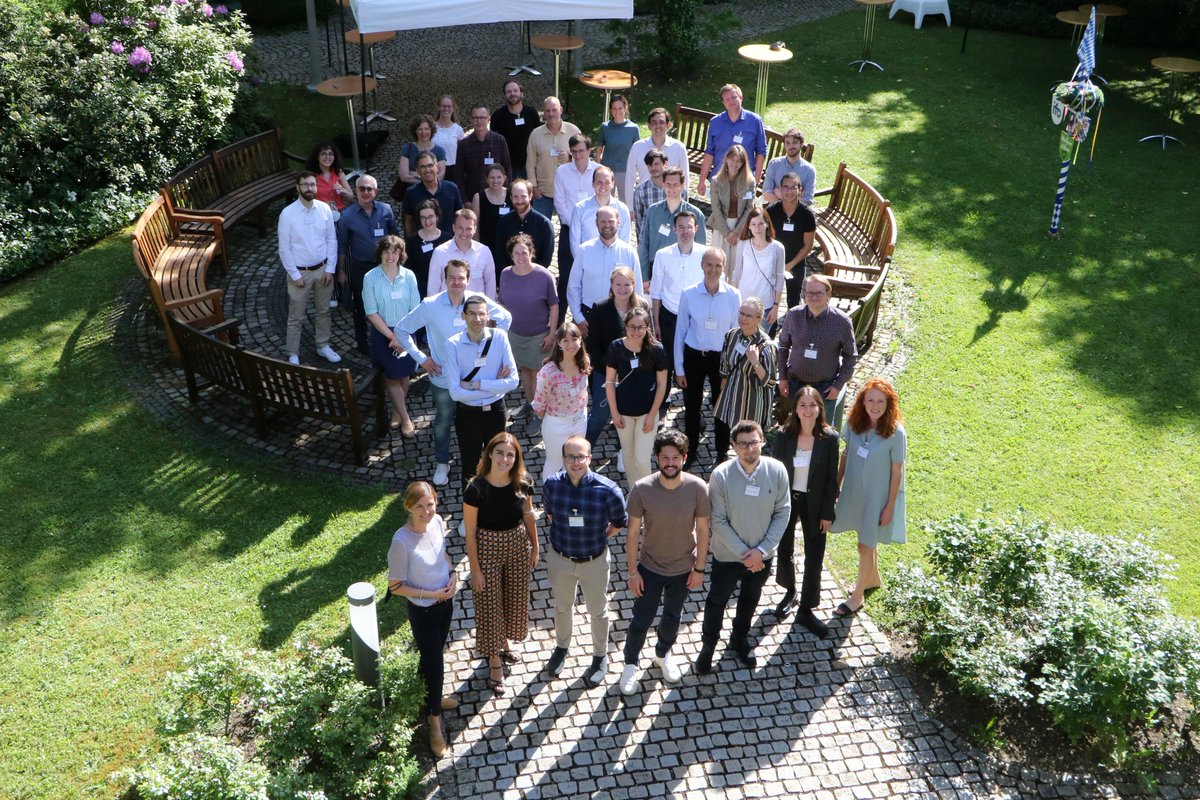


🚨Now "just accepted" JPE: Can Mentoring Alleviate Family Disadvantage in Adolescence? A Field Experiment to Improve Labor-Market Prospects w/ Sven Resnjanskij Jens Ruhose Simon Wiederhold Katharina Wedel 👉Strong 3-year effects of mentoring RCT journals.uchicago.edu/doi/10.1086/72… 🧵 1/9
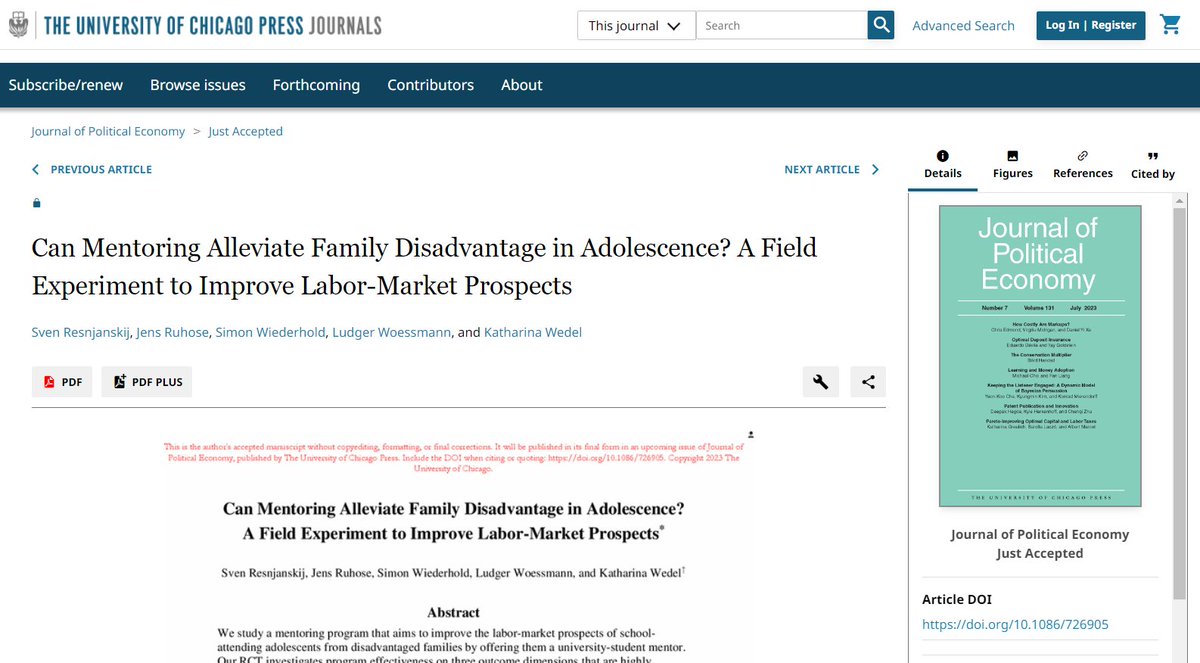

🚀Mentoring durch ehrenamtliche Studierende verdoppelt ‼️ die Chance von benachteiligten Jugendlichen, eine Berufsausbildung zu beginnen👍 Unsere Evaluierung der Effekte von ROCK YOUR LIFE! Ergebnisse jetzt im ifo Institut Schnelldienst: 👉ifo.de/publikationen/… 🧵 1/6

Mentoring improves the school-to-work transition of disadvantaged adolescents Sven Resnjanskij Universität Erfurt, Jens Ruhose Universität Kiel CAU 🎓, Katharina Wedel Universität München, Simon Wiederhold Universität Halle (inaktiv), Ludger Woessmann ifo Institut ow.ly/vg1m50QjNOr
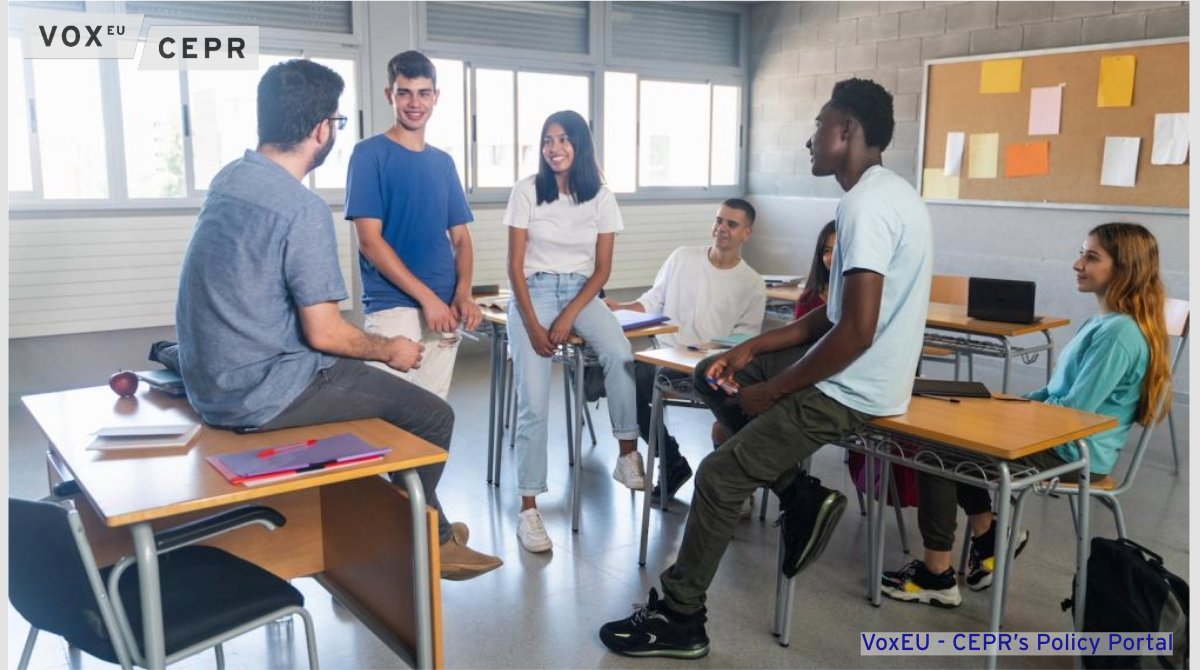

A German mentoring programme markedly boosts school achievement & labour market outcomes of students from disadvantaged backgrounds. Sven Resnjanskij Universität Erfurt, Jens Ruhose Universität Kiel CAU 🎓, Katharina Wedel Universität München Simon Wiederhold IWH Ludger Woessmann ifo Institut ow.ly/X2ms50QjNes
